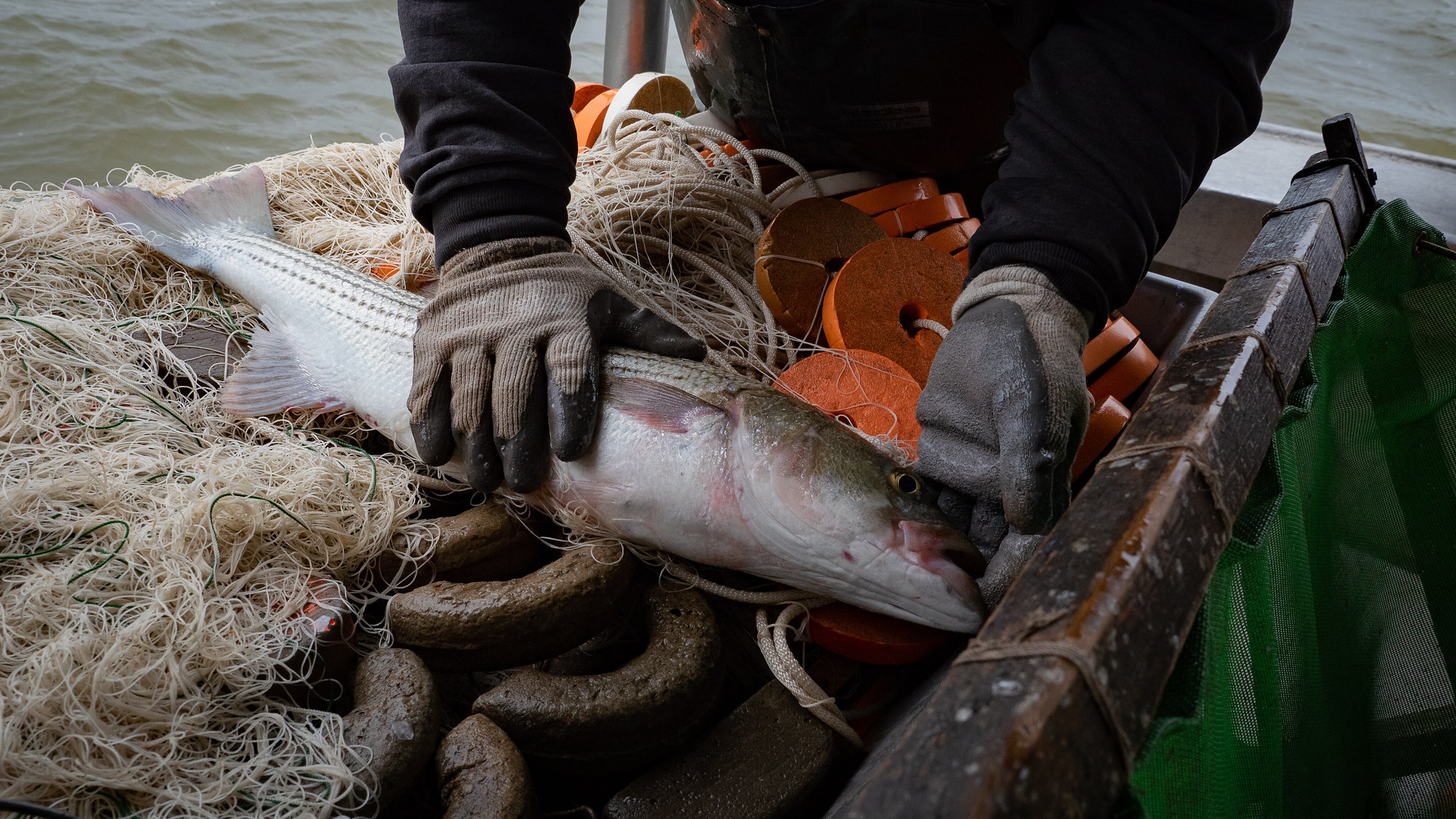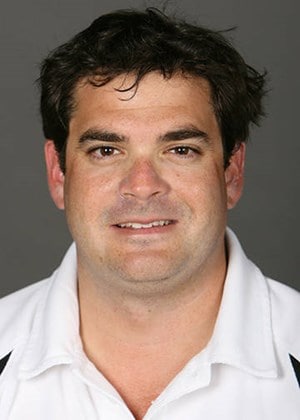The Chesapeake Bay Foundation (CBF) just released its State of the Bay report, which comes out every two years. The overall score for 2022 remained unchanged from 2020’s grade at a D-plus—not the result the foundation was hoping for.
The State of the Bay report looks at 13 indicators within the categories of pollution, habitat and fisheries. Each indicator gets a score, and together they provide an overall score out of 100. A score of 70 would mean a fully-restored Bay has been achieved; a 100 is the Bay’s condition before European settlers arrived in the 1600s.
This year, the score remained a 32/100. Three indicators improved, three worsened, and the remaining seven were unchanged.
Phosphorus levels came down, but overall water clarity worsened. Nitrogen, toxics, and dissolved oxygen indicators were unchanged from 2020.
CBF says one of the biggest places where Bay restoration efforts are struggling is agriculture pollution. Urban and suburban runoff are also increasing due to land development, increased stormwater from climate change, and “inconsistent enforcement by government agencies,” CBF says.
In one sign of hope, the Bay’s dead zone in the 2022 season was the 10th-smallest since the states began tracking it 38 years ago. And the Bay region has seen more farm conservation funding from the federal government and the states that should reduce nitrogen and phosphorous.
The Environmental Protection Agency’s (EPA) Chesapeake Bay Program recently acknowledged that the Bay states aren’t going to reach the 2025 “pollution diet” goals set back in 2010.
The Total Maximum Daily Load (TMDL) was meant to task each state and Washington with reducing a set quantity of pollution, with specific deadlines to reach benchmarks. CBF praises this federal/state pollution plan as the most promising for restoring rivers, streams, and the Bay. However, CBF says implementation has been lacking.
When asked whether the TMDL should be abandoned now that its 2025 goal is out of reach, CBF President Hilary Harp Falk said, “2025 was always the milestone and not necessarily the end. Those efforts the states and the EPA will continue and we’re excited to create more momentum towards these goals.”
Looking at the State of the Bay data on fisheries, we find good news for oysters, reason for optimism on rockfish and worsening blue crab population health. CBF says oysters are seeing a “renaissance” after years of overharvesting and declining natural reproduction. According to CBF Senior Regional Ecosystem Scientist Chris Moore, watermen are expecting a good harvest in the next few years, but regulators need to ensure reproductive sustainability.
“That’s something we haven’t always been good at in the Bay—when abundance is high, making sure we don’t take too much of a good thing.”
In the striped bass fishery, Atlantic coast managers have been fighting a declining population with strong catch limits and measures to prevent catch-and-release deaths in rockfish. CBF says these regulations should allow the striped bass population to rebuild by 2029.
In the fisheries category, the rockfish (striped bass) and oyster indicators rose, while the blue crab indicator declined.
The worst news among the three major Bay fisheries is a large drop in the blue crab population. CBF’s overall score for blue crabs fell five points. The 2022 dredge survey found the lowest abundance of crabs in the survey’s history. Storms, predators like blue catfish and a lack of underwater grasses (key habitat for crabs) have all contributed, Moore says. When it comes to the crab harvest, Moore wants to get better information about just how many crab pots are out there and what impact the shift from a female- to a male-focused fishery is having.
The State of the Bay’s habitat report finds that underwater grasses are sitting at 70,000 acres, down from a high of 105,000 in 2019. Eelgrass, in particular, is in danger. CBF Director of Science and Agricultural Policy Beth McGee says some models show eelgrass disappearing entirely from the Bay in the next decades. Forest buffers and wetlands scores also remain unchanged, but there was a drop in “resource lands” like forests and open areas, thanks to development.
When it comes to funding and projects, CBF says it’s prioritizing those with multiple benefits. For example, cover crops and tree plantings reduce runoff and also help reduce greenhouse gases to help fight climate change.
And funding is coming: the federal Inflation Reduction Act includes $20 billion for the U.S. Department of Agriculture to support farm pollution reduction practices nationwide, and Pennsylvania and Virginia have both built agricultural conservation funding into their budgets. The key is to direct these funds to the places where they can have the biggest impact.
“The State of the Bay is at a precipice,” says McGee. “We need to accelerate our efforts at reducing farm pollution to ensure the watershed-wide restoration effort is successful. New funding at the federal and state levels is an opportunity to directly address the Bay’s largest pollution source, but it must be spent efficiently on the projects that provide the most benefit for each dollar spent.”
-Meg Walburn Viviano




